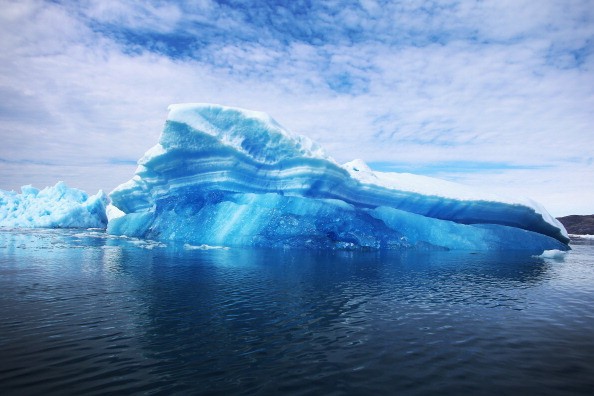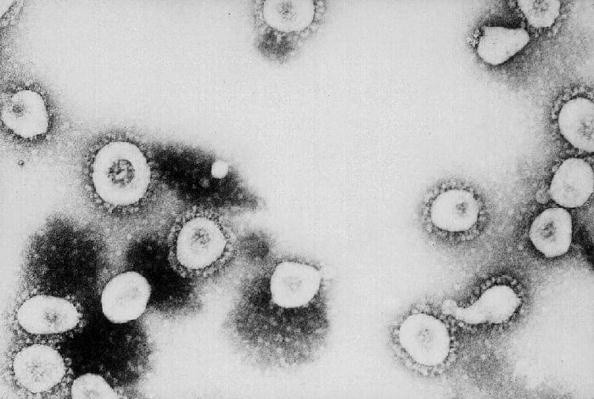The risk of Arctic virus spillover could be increased by climate change, as claimed by a new study.

Involved experts said that the warming temperature in the icy region could awaken the viruses, allowing them to reach animal hosts and new environments.
Scientists explained that viruses could survive in the ice for thousands of years. Once they melt, they can infect animals, fungi, humans, as well as plants near them.
Now, a new study has been published, focusing on how the rising climate change can increase the chance of virus spillover in the Arctic region.
Arctic Virus Spillover's Risks Could Increase Due to Climate Change?
According to PhysOrg's latest report, the new study was conducted by a group of scientists from Canada.

They examined samples from the Arctic landscape of Lake Hazen, the largest lake in the world entirely north of the Arctic Circle.
Involved experts used a snowmobile, as well as ropes to carry the lake sediment through more than 900 feet of water.
The samples they acquired were sequenced for DNA and RNA.
"This enabled us to know what viruses are in a given environment, and what potential hosts are also present," explained the University of Ottawa's biology department Prof. Stephane Aris-Brosou, one of the scientists who led the new study.
Based on their findings, the differences between viruses and their hosts in the massive lakebed are correlated to the risk of a virus spillover.
Is This Something to Worry About?
The Canadian researchers explained that the difference between viruses and hosts in the riverbeds was less severe.
Based on their observation, the difference is less worst since the water commonly erodes the topsoil, preventing these viruses from reaching new hosts.
However, those washed into the lake have seen dramatic change, which can bring viruses to new hosts that they don't usually encounter.
Although this is the case, they said that the likelihood of a dramatic virus spillover in the Arctic is still quite low.
You can check their new study titled "Viral spillover risk increases with climate change in High Arctic lake sediments" to know more details.
Previously, scientists used gene-edited sheep to create a new medicine for lethal brain disorders in young people.
We also reported that the FDA approved the updated Moderna and Pfizer.
For more news updates about viruses and other health topics, always keep your tabs open here at TechTimes.
Related Article : Researchers are Growing Zombie Mushrooms to Help Create Anti-Cancer and Anti-Viral Drugs
This article is owned by TechTimes
Written by Griffin Davis
ⓒ 2025 TECHTIMES.com All rights reserved. Do not reproduce without permission.




